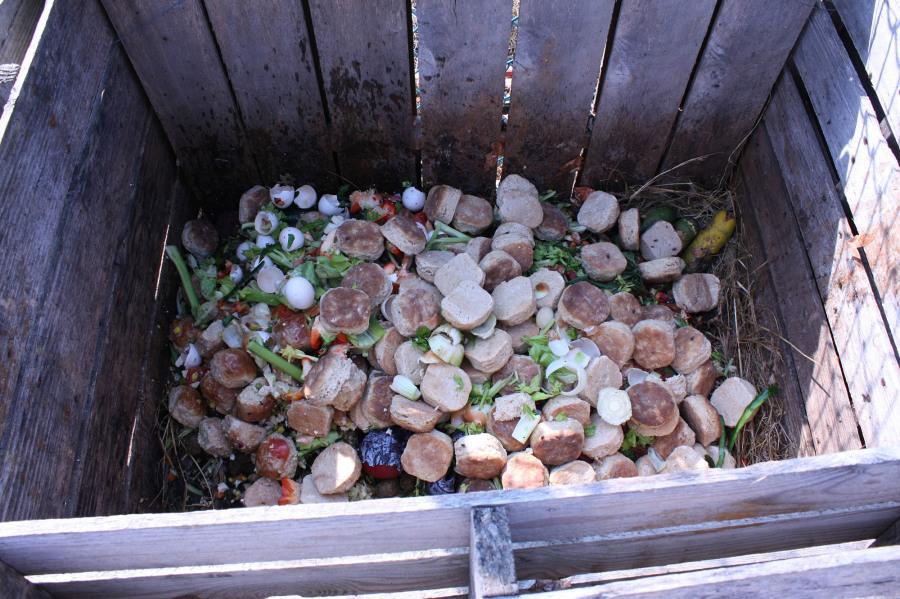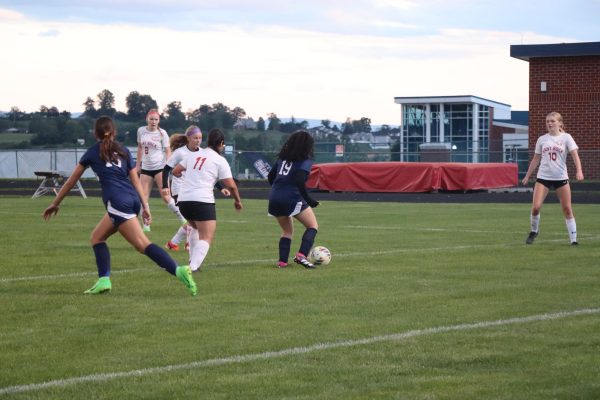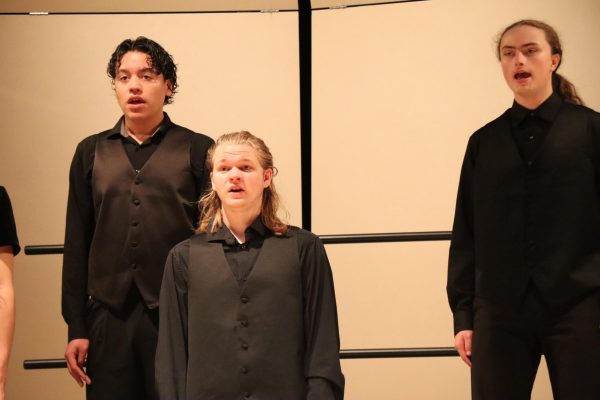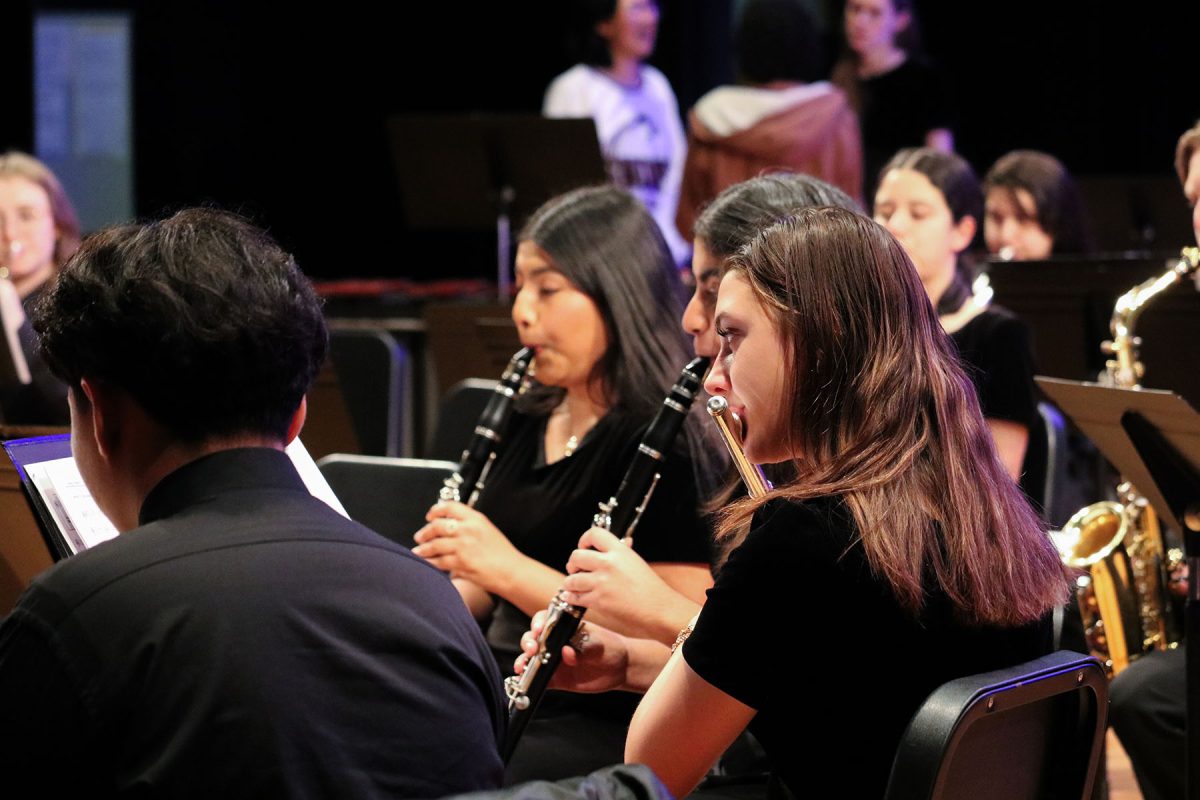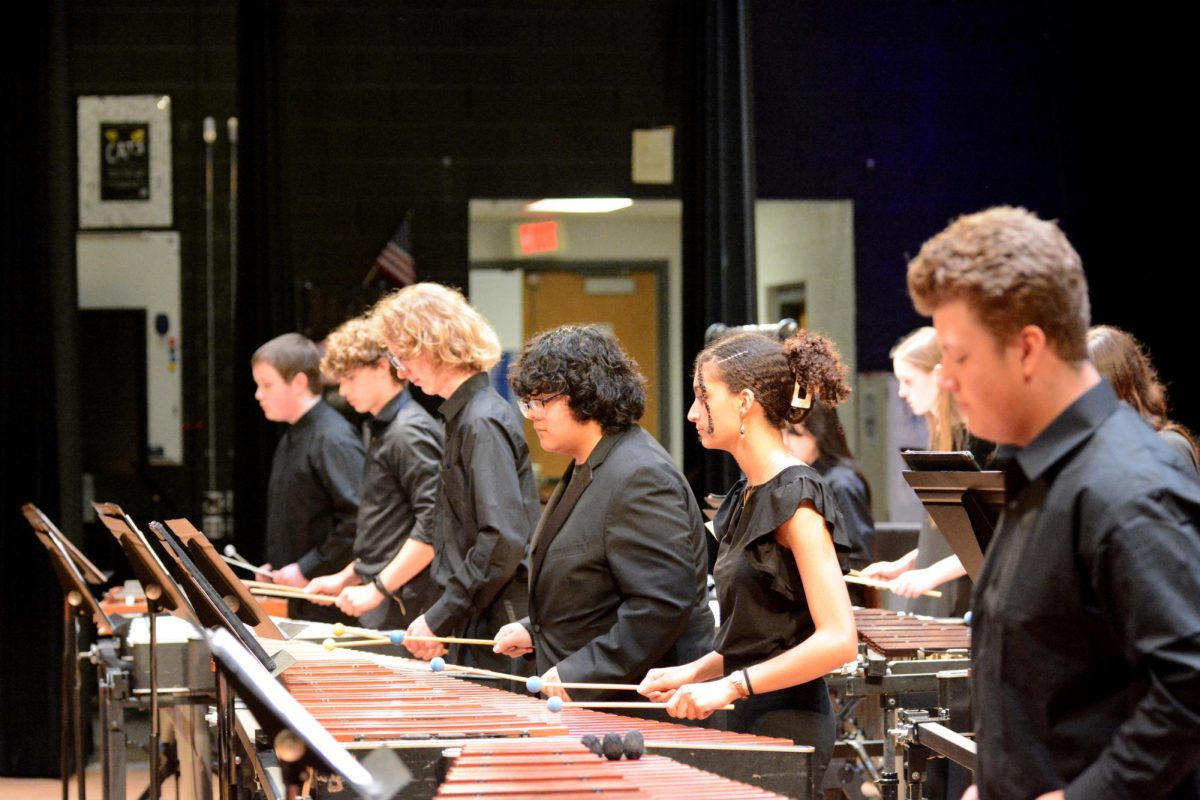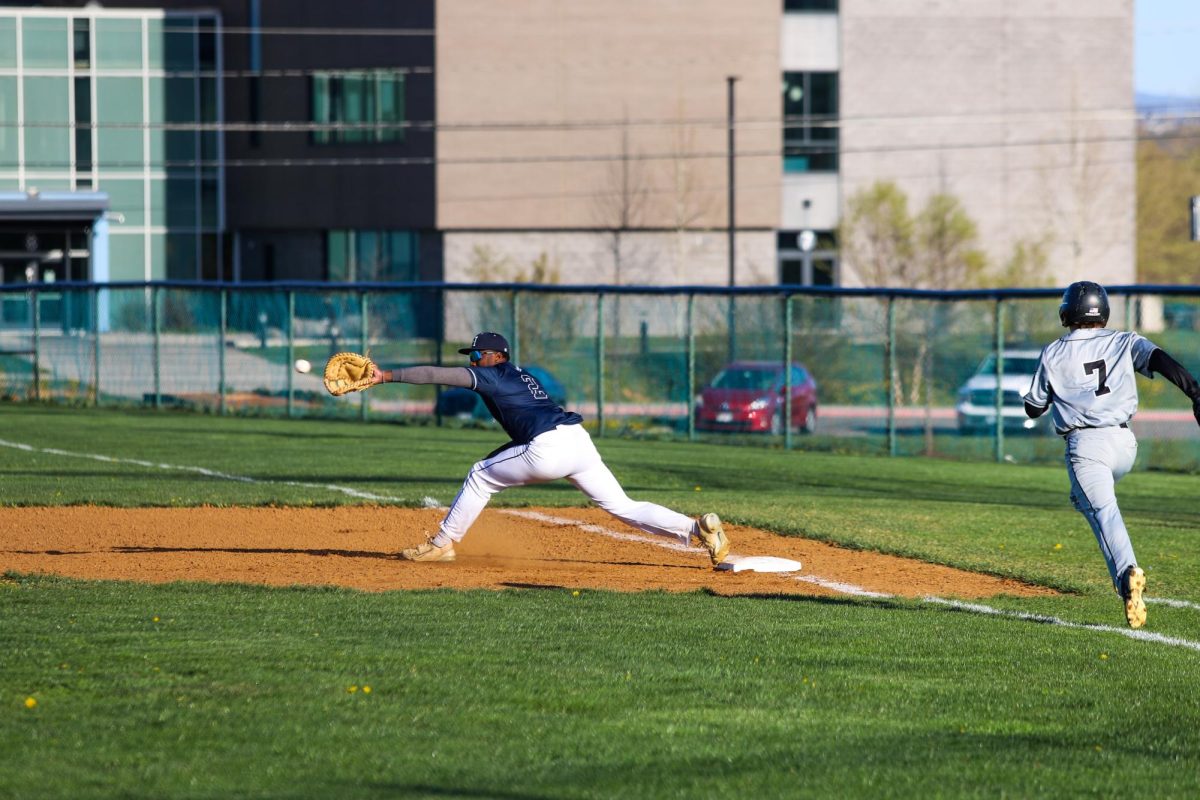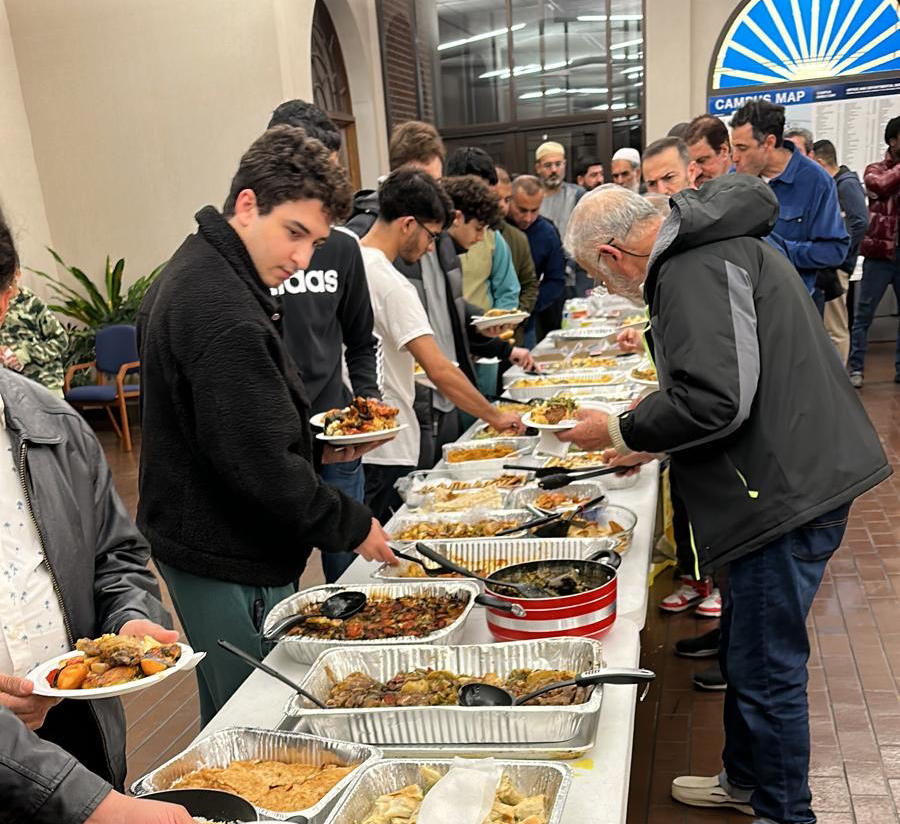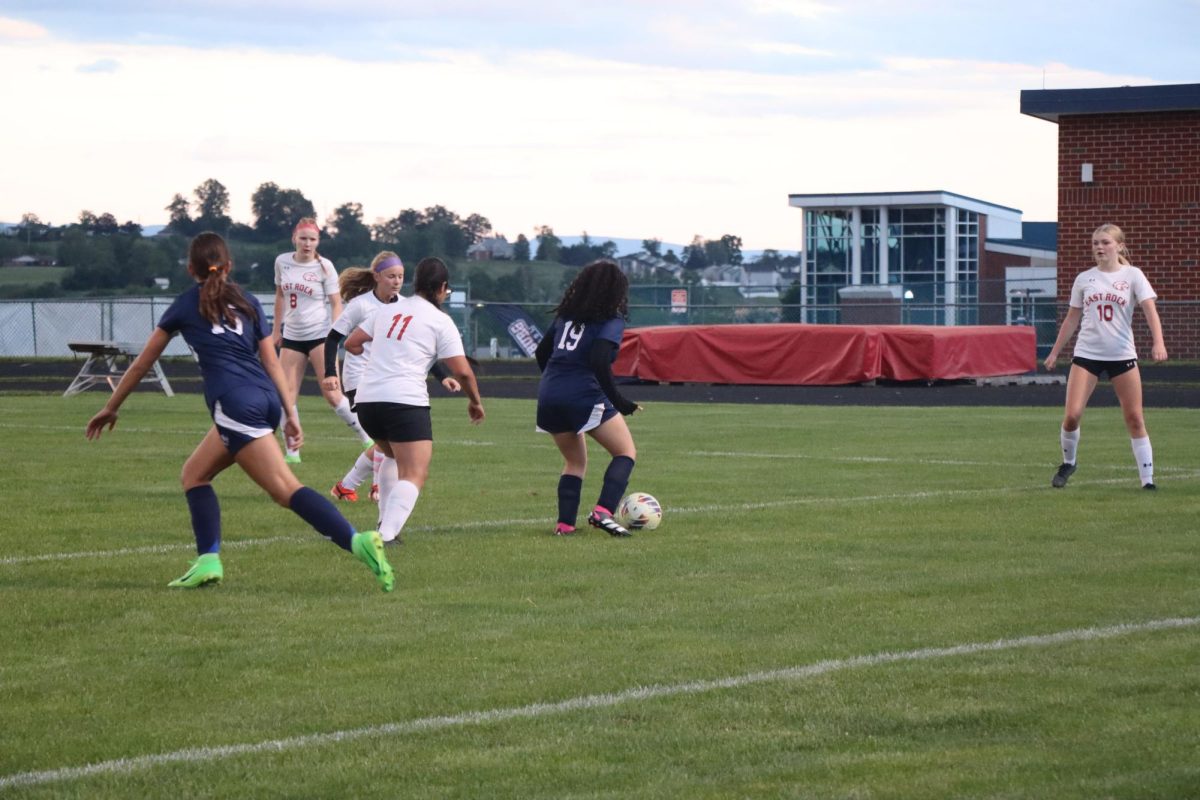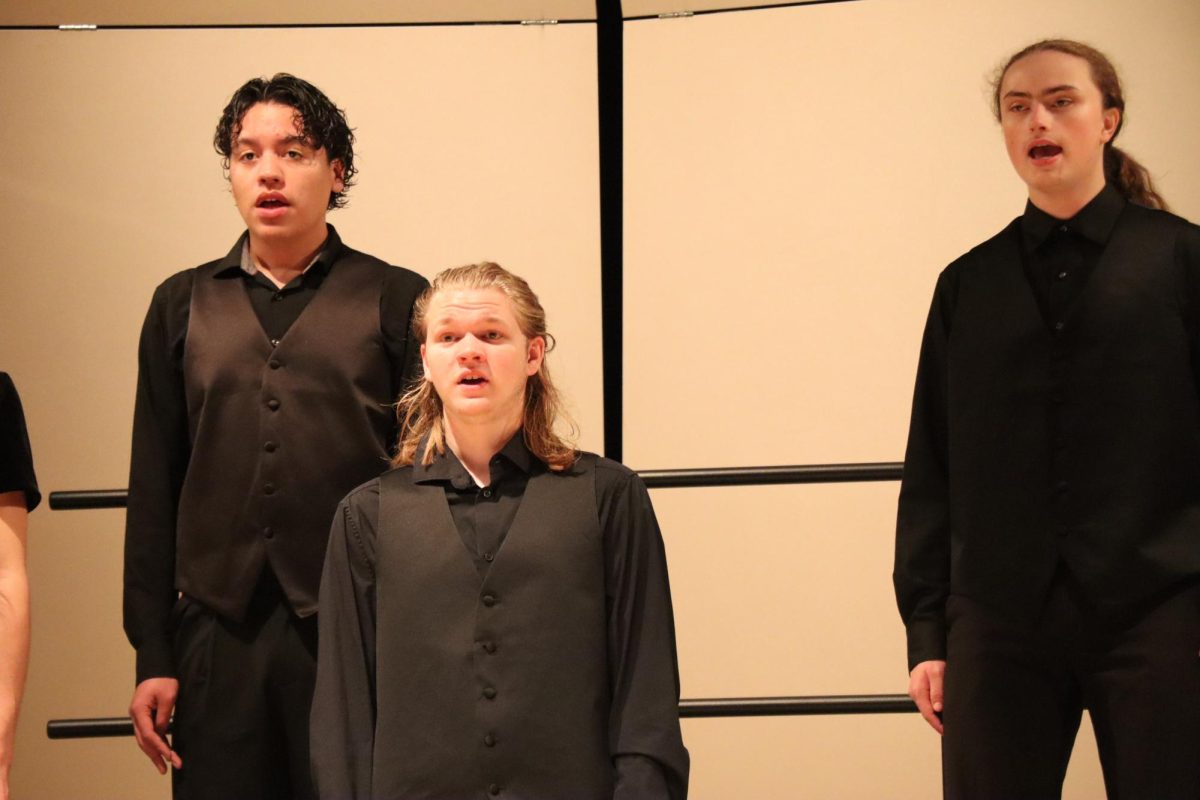Heie initiates compost program
November 6, 2014
The fourth period bell rings and the previously barren hallways instantly become a mass of teenagers rushing to their buses, their after school sports, their cars, their friends, but only one student is rushing to the school’s compost.
“I came to school on the Saturday before school started, and got it ready for this year, and have been composting after school every since,” Heie said.
Junior Noah Heie takes time out of his day everyday after school to take the kitchen’s donation of leftover perishables to the compost, located in the back of the school by the loading dock. His inspiration for the compost partially came from HHS graduate Alex Hunter-Nickels.
“I knew Alex Hunter-Nickels had originally started it, and I knew that since he left nobody else had maintained it, and it kinda just turned off for a year, so I thought it’d be cool to get it up and going again, and in the meantime make some money for the school as well,” Heie said.
His original plan to get the compost going again was tied to the mission to raise money for the groundskeeper, Amos, who needs a new plowing blade. Heie hopes to sell the compost when it is fully soil to local gardeners and donate the money to the plow blade fund.
Heie has a daily system to the composting, that keeps it organized and consistent.
“I go to kitchen, talk to Tricia Newcomb for a while, get the buckets of compost, leave my backpack in the kitchen door so I won’t get locked out, carry the buckets outside, leave cardboard in the door so I don’t get locked out of the outside door and pour the compost in the pallette labeled #1. If it’s a lot of compost that’s on top of it, I put hay on top of it and once a week I put water on it to keep it fresh. Then I clean out the buckets and go back inside,” Heie said.
The purpose of compost is to provide very nutritious growing soil, or humus, for plants, however it is also a great way to cut down on trash. In order for a compost to be the most nutritious it can be, three basic ingredients are required. Green materials such as vegetable waste, green leaves or grass clippings, fruit scraps and coffee grounds. Brown materials are dead organisms such as dried leaves and twigs. Water is also necessary to help break down the organic matter, however too much water can over-moisten the compost. If the compost has enough nitrogen providers, or green materials, then forms of plant disease killing microorganisms will take to the environment. This is a good quality of compost that will be used for a garden.
Worm composting, otherwise known as vermicomposting, helps speed up the process of composting because they break down organic matters faster. Other ways to increase compost productivity is covering the compost to keep the heat and moisture in, and alternating layers of compost between wet and dry to help maintain it. Using a pitchfork or a large shovel to help move the compost layers around also helps the compost decompose faster.
Heie is looking forward to the spring, because his major goals for the compost are to get more of it and build more palettes, instead of just having two in the back of the school.
“In the Spring we’ll be getting a lot more, like right now we’re getting 5-10 gallons a day and in the Spring we’ll be getting 15-20 a day, which will fill up the palettes really fast, so I think we’re going to have to build more containers. And at the end of the year a lot of people would be interested in buying it, and if they’re not we can give it to the school garden or whoever wants it,” Heie said.
Although the current compost is still in its early stage, Heie is open for students getting involved. He would be very open to students coming with him to compost to learn how to do it, so the responsibility would not be only his.



